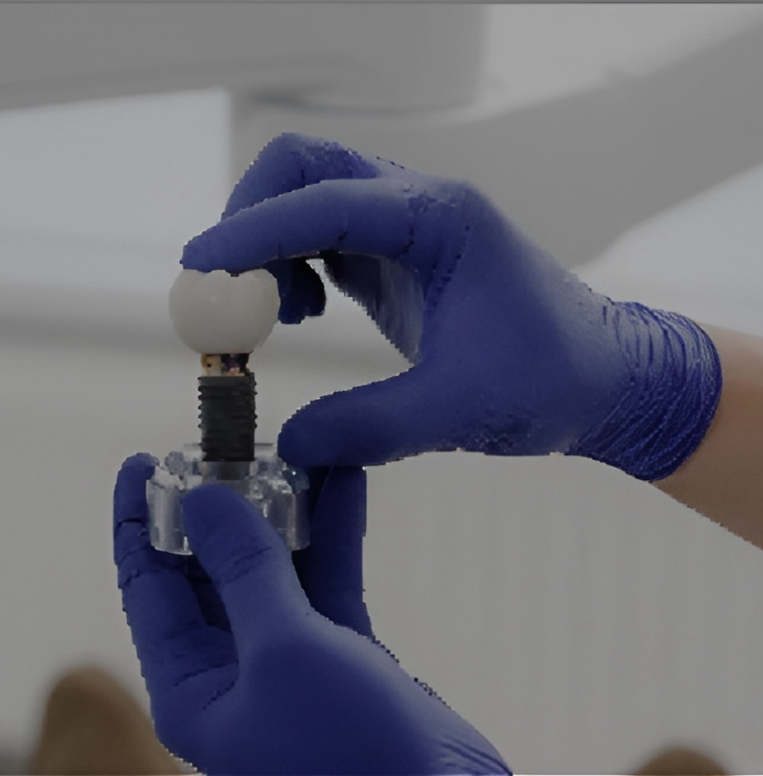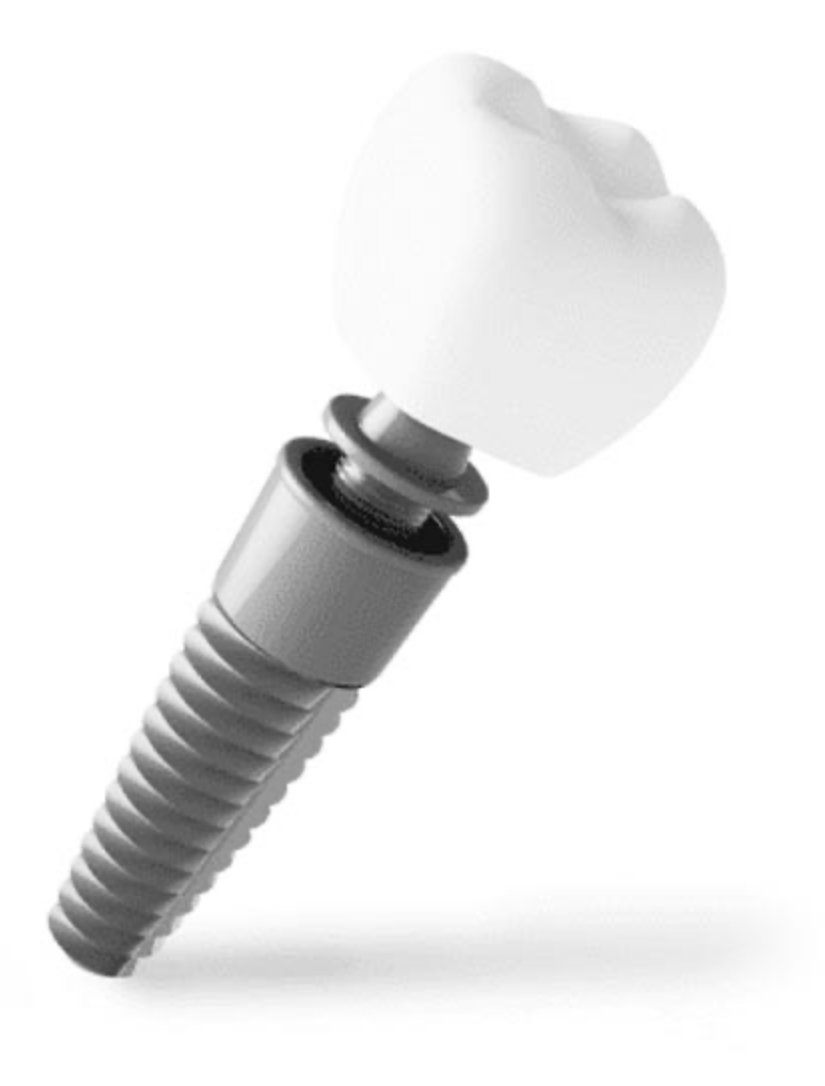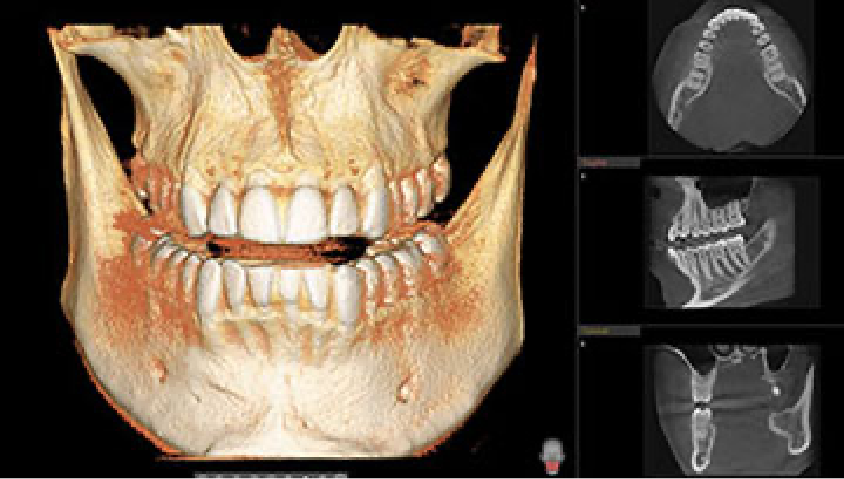

There are many factors that can influence the success, comfort, result and aesthetics of your dental implant.
From the experience of your dentist to the cost of your procedure, we encourage you to look at every detail and learn as much as you can about dental implants before choosing a dentist.

There’s a reason dental implants are quickly becoming the most popular treatment for missing teeth, and that's because the results are stunning. To ensure the best results we have invested in innovative technolgies. We always carefully diagnose and plan every implant procedure to ensure each one results in a natural-looking and comfortably fitting tooth restoration.
Our dental implants provide a strong foundation to replace missing teeth and provide results that look and feel natural.
Benefits of Dental Implants:
At Montana Dental Designs, we prioritize your oral health, ensuring that cost or affordability is never a hindrance to receiving the care you need. We understand the importance of accessible dental services, and to make quality oral healthcare attainable for everyone.
We offer a range of financial options. Our commitment to your well-being is reflected in our acceptance of CareCredit financing, providing a convenient and flexible payment solution. Additionally, we work with various insurance providers to accommodate different coverage plans, allowing you to utilize your benefits for optimal savings. For added convenience, we accept all major credit cards, providing you with multiple payment options. Moreover, recognizing the diverse needs of our patients, we have developed an in-house savings plan designed to make preventive and comprehensive dental care more affordable for those without insurance coverage. With these various financial avenues, we aim to break down barriers and ensure that your oral health remains a top priority without compromising on quality or accessibility.
In order to determine if you are a candidate for dental implants, the dentist will take a 3D x-ray known as a Cone Beam CT. This image allows the dentist to view your jawbone from all angles and take measurements to determine if sufficient healthy bone exists to successfully place an implant. If you are a candidate, this image also allows the dentist to plan the length and diameter of the implant that would be most suitable for the missing tooth space. The dentist will plan implant angulation prior to the day of treatment to achieve ideal implant positioning to promote long-term success.

At times additional procedures are needed to allow for implant placement. Very commonly, bone grafting is completed in conjunction with dental implant placement to increase the amount of supportive bone. In order to place dental implants in the upper molar region, a a sinus lift is occasionally performed. If insufficient bone exists in this area, the floor of the sinus is bumped upward and bone grafting is used to fill in the space and create more support for the dental implant.
Dental implants are an excellent replacement option for missing teeth. They can be placed at the same time as a tooth extraction or after the jaw has healed following an extraction. Your dentist will decide which time is best for your specific circumstance to achieve the best outcome. The general timeline and steps of dental implant treatment are as follows:
Dental Implants Recovery
Placing a dental implant is a form of surgery, and with any surgery it is typical to experience various forms of discomfort including swelling, bruising, pain and minor bleeding. We have post-procedure tips to share to ensure your recovery goes as smoothly as possible, and if appropriate, we can prescribe medication to lessen any pain.
*If a tooth needs to be extracted first and the dental implant cannot be placed at the same time, an additional 3-4 months may be required. Also, certain underlying health concerns may slow healing times, resulting in a longer than normal treatment timeline.
Dental implants are an increasingly popular method for replacing missing teeth. In this procedure, titanium supports are surgically fused with your jawbone, and act as an anchor for naturally looking false teeth. Dental implants are not only used for individual tooth replacement, but can also be used when replacing multiple teeth as an alternative or adjunct to dentures.
What are Advantages of Dental Implants?
Disadvantages of Dental Implants
Not everyone is a candidate for dental implants. The process of getting implants can be time consuming and requires multiple visits to the dentist. There is a chance that surgery fails (roughly 5% of the time).

© Montana Dental Designs. All Rights Reserved. Site By: Ascent PGS